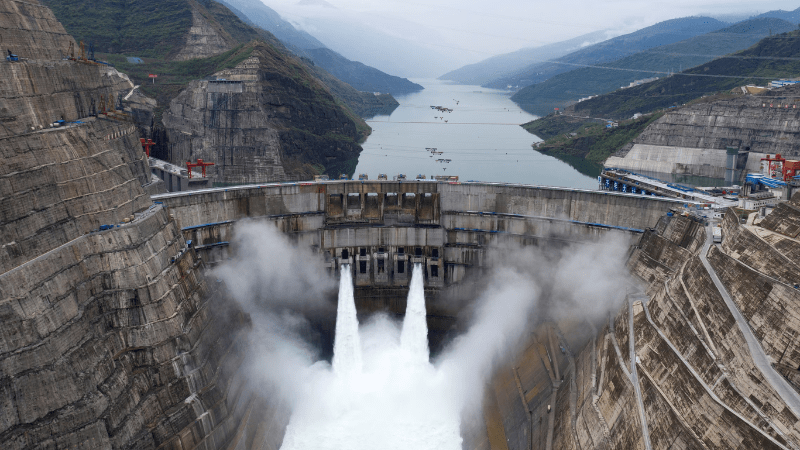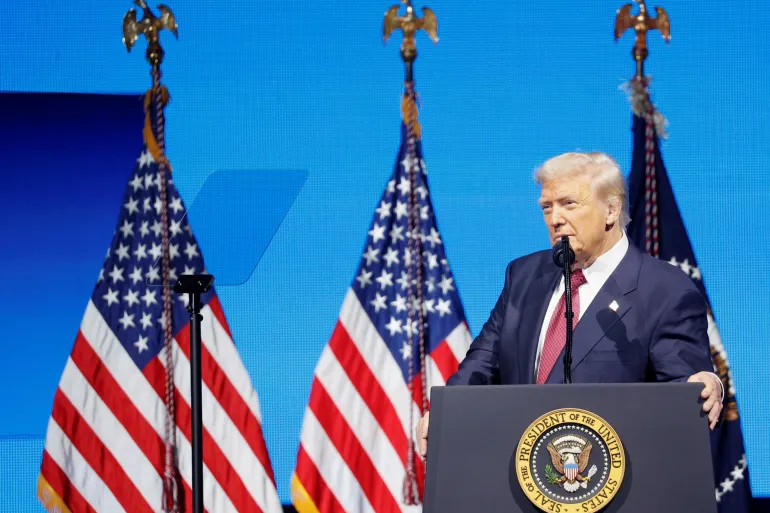Beijing – China has begun construction on what it claims will be the world’s largest hydropower project, a $170 billion mega-dam along the Yarlung Zangbo river in Tibet. The development, set to surpass the scale of the Three Gorges Dam, has been promoted in Beijing as a source of clean energy, jobs, and stimulus for a slowing economy. But downstream neighbours India and Bangladesh are voicing concerns about water security and the broader geopolitical implications.
The plan encompasses five dams along a 50-kilometre stretch of the river, where it drops nearly 2,000 metres from the Tibetan Plateau. While first power generation is expected by the 2030s, Beijing has released few technical details, fueling uncertainty across South Asia. Officials in Arunachal Pradesh, a border state in India, warn the dam could dry up as much as 80 percent of the river’s flow in the region, while simultaneously raising the risk of flooding in Assam.
Experts caution that the project could also disrupt the sediment flow vital for agriculture downstream. “That sediment carries nutrients essential for floodplain farming,” said Michael Steckler, a professor at Columbia University. Without it, India and Bangladesh’s fertile river valleys could see diminished productivity, compounding existing food security challenges.
The lack of transparency has stirred speculation about Beijing’s strategic intentions. Given the history of conflict between India and China in the 1960s, analysts note that infrastructure control over transboundary rivers could become a tool of political leverage. Sayanangshu Modak of the University of Arizona stressed that while the dam is officially a “run of the river” project — which should not alter downstream flows significantly — mistrust persists in Delhi.
Beijing’s foreign ministry insists the project remains within its sovereign rights, emphasizing that it will generate clean energy and enhance flood control. It also claims to have shared hydrological data with India and Bangladesh. However, Indian ministries of foreign affairs and water resources have yet to respond publicly, leaving room for speculation and domestic political tension.
India itself has floated plans for two large dams on the Siang river, its name for the Yarlung Zangbo. One, an 11.5-gigawatt proposal in Arunachal Pradesh, would be the country’s largest hydroelectric facility. According to Modak, such initiatives aim to establish India’s water usage rights, strengthening its case should China ever move to divert the river’s course.
Regional disputes over dams are not new. Pakistan has accused India of weaponising water resources in Kashmir, while Ethiopia’s Grand Renaissance Dam has triggered years of confrontation with Egypt. In this light, China’s project fits into a broader pattern where water management intersects with national security.
Adding to the complexity are environmental risks. The dam site lies in an earthquake-prone region vulnerable to landslides and glacial floods. Experts warn that even smaller projects in the area have faced major engineering challenges, with limited construction windows due to altitude and severe weather. Scaling up to a mega-dam magnifies these concerns, raising questions not only about water politics but also about the safety of millions who depend on the river downstream.









